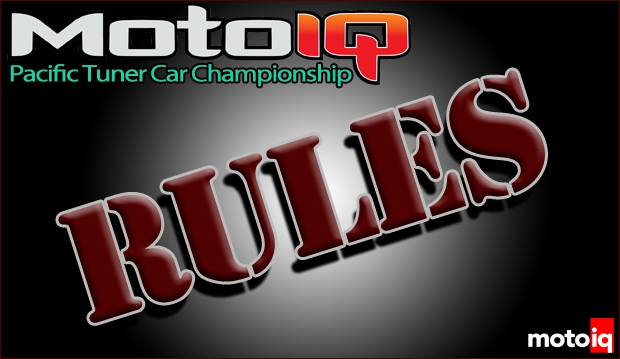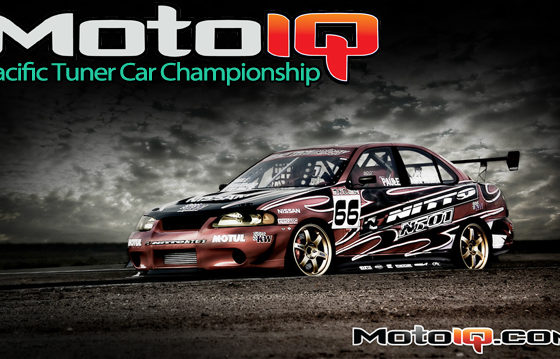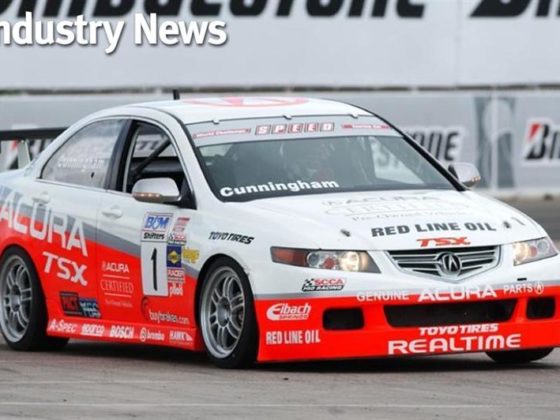,

DRAFT!
6. Car Classifications
In order to maintain a fair and competitive racing field, all MPTCC cars must conform to specific power to weight ratios. Weight is measured with driver. Nitrous oxide tanks are prohibited in all classes.
The TU class has a strict 1:12 (12 pounds of vehicle weight per each horsepower) power to weight ratio maximum as measured at the wheels. All vehicles that compete in this class may have less than the specified amount of power for their weight, but may not exceed the 1:12 ratio. The minimum race weight for TU vehicles is 1900 lbs. Vehicles that exceed this ratio or weigh less than the minimum weight must race in the TO class.
The TO class has a strict 1:8 (8 pounds of vehicle weight per each horsepower) power to weight ratio maximum as measured at the wheels. All vehicles that compete in this class may have less than the specified amount of power for their weight, but may not exceed the 1:8 ratio. The minimum race weight TO vehicles is 2100 lbs. Vehicles that exceed this ratio or weigh less than the minimum weight are not allowed.
7. Modifications
7.1 Engine Modifications
Unlimited engine modifications are allowed in TO and TU provided the car meets the class power to weight ratio rule and complies with the class configuration specifications defined in Section 4.
7.1.1 The engine block and heads must be OEM production castings. The factory bore spacing must be retained. Boring, sleeving and other modifications are allowed provided that the power to weight ratios are not exceeded. The stock crank must be retained.
7.2 Updating/Backdating
Updating, backdating and exchanging parts from all vehicles with the same chassis code certified by the United States Department of Transportation for street use at their date of manufacture is allowed.
7.3 Tires/Wheels
7.3.1 TU Tires
Any size wheel may be used. Tires cannot exceed 235 section width. Tires must be DOT certified with a UTQG of 50 or higher. Cars must qualify and race on the same set of tires, a tire can be replaced if needed for safety reasons.
7.3.2 TO Tires
Any size wheel may be used. AWD cars tires cannot exceed 245 section width. Other cars cannot exceed 275 section width. Tires must be DOT certified with a UTQG of 50 or higher. Cars must qualify and race on the same set of tires, a tire can be replaced if needed for safety reasons. R35 Nissan GT-R is limited to tires of the stock width.
7.4 Unibody/Frame
The entire tub, floor pan, firewall, and Sub frame assemblies must remain in the stock position and cannot be relocated inbetween the front and rear shock towers. The only modifications allowed will be in the following instances:
a) To facilitate the addition of safety equipment such as roll cage bracing and fuel cells or to increase driver head to roll cage clearance.
b) To facilitate plumbing or electrical access.
c) Minor clearancing for engine swaps as described in section 4.1 and 4.1 section e.
7.5 Body/Exterior
All cars must maintain a neat and clean appearance. All panels must fit properly and be free of sharp edges. All panels must be painted or wrapped, except panels of carbon fiber. No vehicle will be able to compete in more than one event with obvious body damage or unfinished body panels.
7.5.1 Body/Exterior
Vehicle bodywork must remain stock except for the following modifications:
a) Any commercially available bumper cover, front spoiler or air dam is permitted provided it meets the following specifications:
1) A splitter may be fitted. Splitters are limited to an aerodynamic working surface length of 6”.
2) A belly pan may be fitted to the cars, provided that no portion of the pan extends aft of the leading edge of the front wheel wells.
3) No part of the bumper cover, belly pan or splitter should be lower than the bottom of the rim from the racing surface.
4) The use of diffuser tunnels, canards, wings, dive planes, curved aerodynamic surfaces or aerodynamic effects is allowed. The intent of this rule is to allow the use of simple, inexpensive and available aerodynamics. Diffusers cannot extend past the centerline of the rear axle
b) Any commercially available rear deck spoiler/wing that attaches to bodywork is allowed, but the main element of the rear spoiler/wing may not protrude beyond the overall outline of the body nor extend above the roofline when viewed perpendicular to the ground above the part or in side profile.
c) Rocker sill kits and rear valences are acceptable if they are commercially available.
d) Splash guards, wheel well molding, and body side molding may be removed or replaced with alternate materials.
e) Headlight lenses may be replaced with alternate materials of unrestricted origin. Exposed headlights, parking lights, and side marker lights shall be taped.
f) Tail lights may be replaced with any design that performs the same function. All vehicles must have a minimum of two functioning brake lights. Side marker lights can be replaced with block off plates.
g) Fender lips may be rolled or flattened for tire clearance. Non-metallic fender liners may be removed. Fender flare are allowed.
h) Hood and trunk pins are allowed. In addition, hood and trunk latch mechanisms may be removed so long as some positive action external latch is used.
i) Radio antennas may be removed or added for two-way communication.
j) Openings may be cut in the front valance, inner body aprons and or core support to allow the passage of ducts leading to each front brake, cooler, engine air intake and/or larger than stock radiators. These openings shall serve no other purpose.
k) Screens or mesh may be added to prevent debris entering the bodywork.
l) To keep costs down and increase durability, stock glass may be replaced with Lexan if the proper power to weight ratios are met. The intent of this rule is to improve safety and durability, not to reduce weight. Therefore, Lexan windshields must be at minimum ¼” in thickness. Side quarter windows can be replaced with Lexan. This body modification is for the sole purpose providing a cheap alternative for quarter window replacement.
m) Composite hoods and rear decklids are allowed within the power to weight ratio constraints of Section 6.
n)Towing eyes are not required, but highly recommended.
o) Flat bottom conversions are not allowed.



